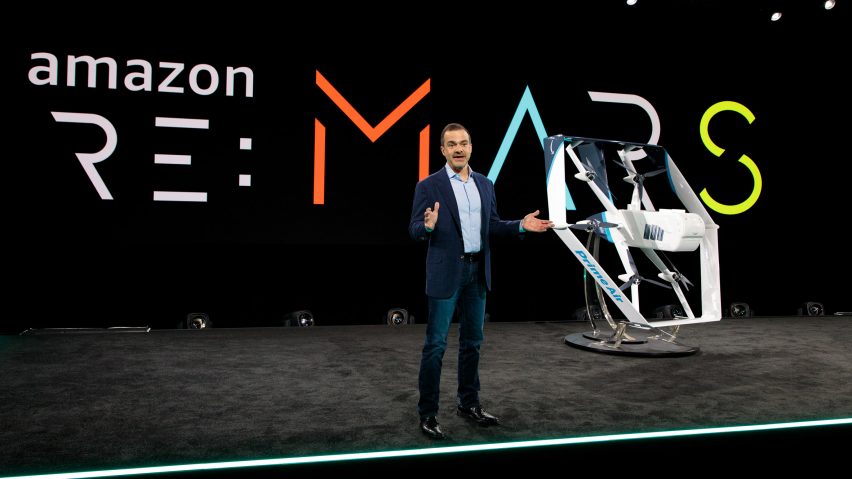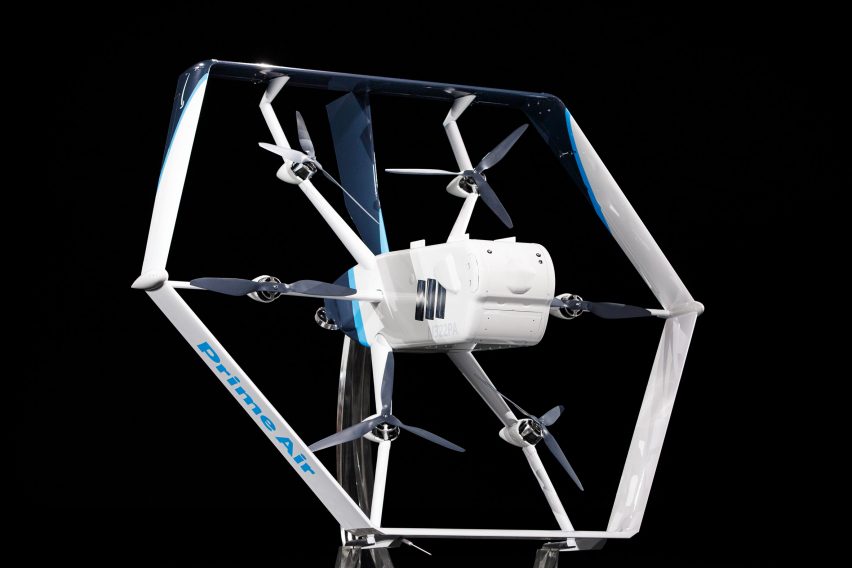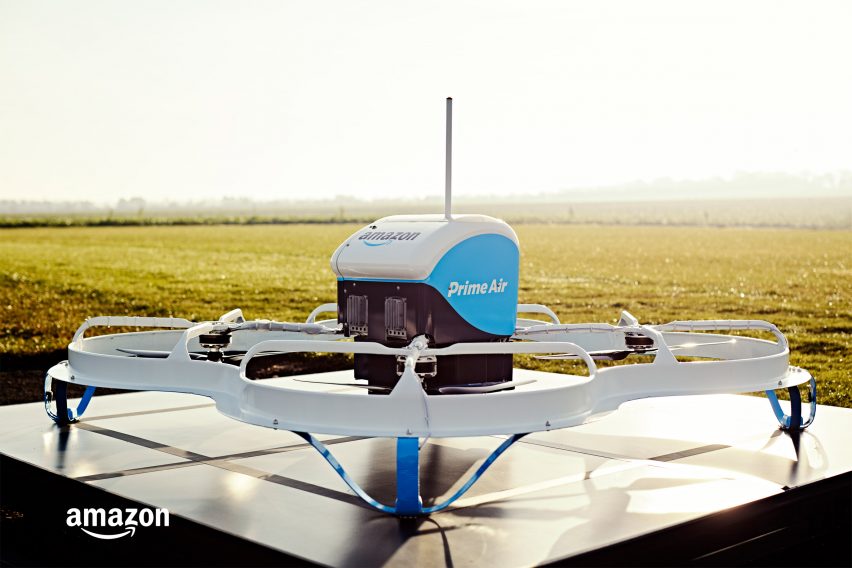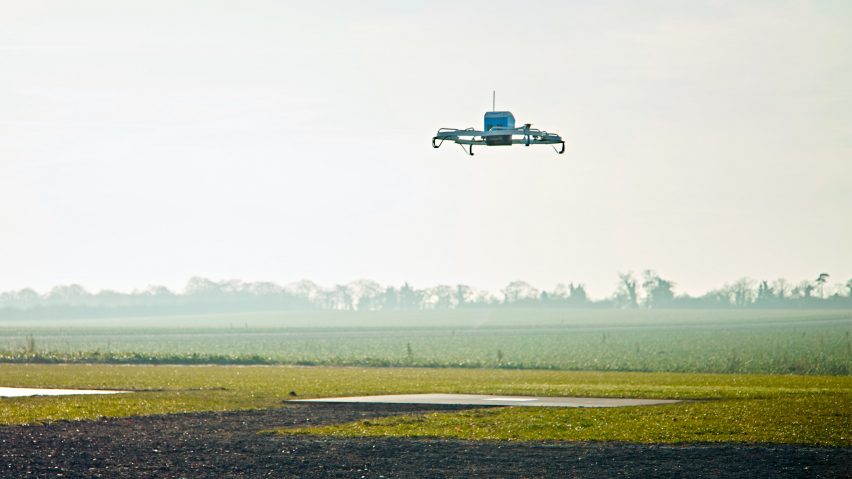
Amazon to deliver purchases by drone "within months"
Amazon's all-electric Prime Air drone is expected to start autonomously delivering packages to customers within months, in a bid to get orders to buyers faster than the one-day delivery service.
The news was announced yesterday at Amazon's inaugural re:Mars conference in Las Vegas, where the online retailer unveiled the latest design of its Prime Air drone.
Fully electric and autonomous, the drone can fly up to 15 miles and deliver packages weighing under 2.2 kilograms to customers in less than 30 minutes.

According to Jeff Wilke, CEO of Amazon's worldwide consumer division, the company expects to pioneer the autonomous drone technology in time to deliver packages through the air to customers in the coming months. The exact date is still unconfirmed.
The latest drone features a hexagonal design that is able to easily transition between its two modes of flight – its "helicopter-like" vertical takeoff and landing mode and its airplane mode.
Safety was also a key focus in the latest developments. The drone uses the shrouds that protect its blades as wings, making it both safe and efficient in flight.
It is also controlled with six degrees of freedom, meaning it has six independent aspects of motion, as opposed to the standard four. This makes the machine more stable when operating in harsh weather conditions.

"We know customers will only feel comfortable receiving drone deliveries if they know the system is incredibly safe," said Wilke. "So we're building a drone that isn't just safe, but independently safe, using the latest artificial intelligence (AI) technologies."
"Some drones are autonomous but not able to react to the unexpected, relying simply on communications systems for situational awareness," he continued.
"If our drone's flight environment changes, or the drone's mission commands it to come into contact with an object that wasn't there previously – it will refuse to do so," Wilke added.
When in transit, the drone uses diverse sensors and advanced algorithms, such as multi-view stereo vision, to detect static objects like a chimney.
To detect moving objects in the air, like a paraglider or helicopter, it uses computer-vision and machine-learning algorithms.
When approaching the ground for delivery, the drone employs stereo vision alongside AI algorithms that are trained to detect people, animals and obstacles from above.
It uses Amazon's self-developed computer-vision techniques to recognise and avoid any hard-to-see obstacles like clotheslines, telephone wires or electrical wires that may cross customers' gardens.

Amazon also hopes to use Prime Air as a more sustainable alternative to ordinary delivery options like vans, saving on fuel usage and reducing emissions.
The fully electric delivery service is in line with the company's vision to make half all Amazon shipments net zero carbon by 2030.
The updated design differs from Amazon's last generation of drones, which featured an orange, blue and white body that resembled a typical aeroplane, with three tail fins and a small propellor.